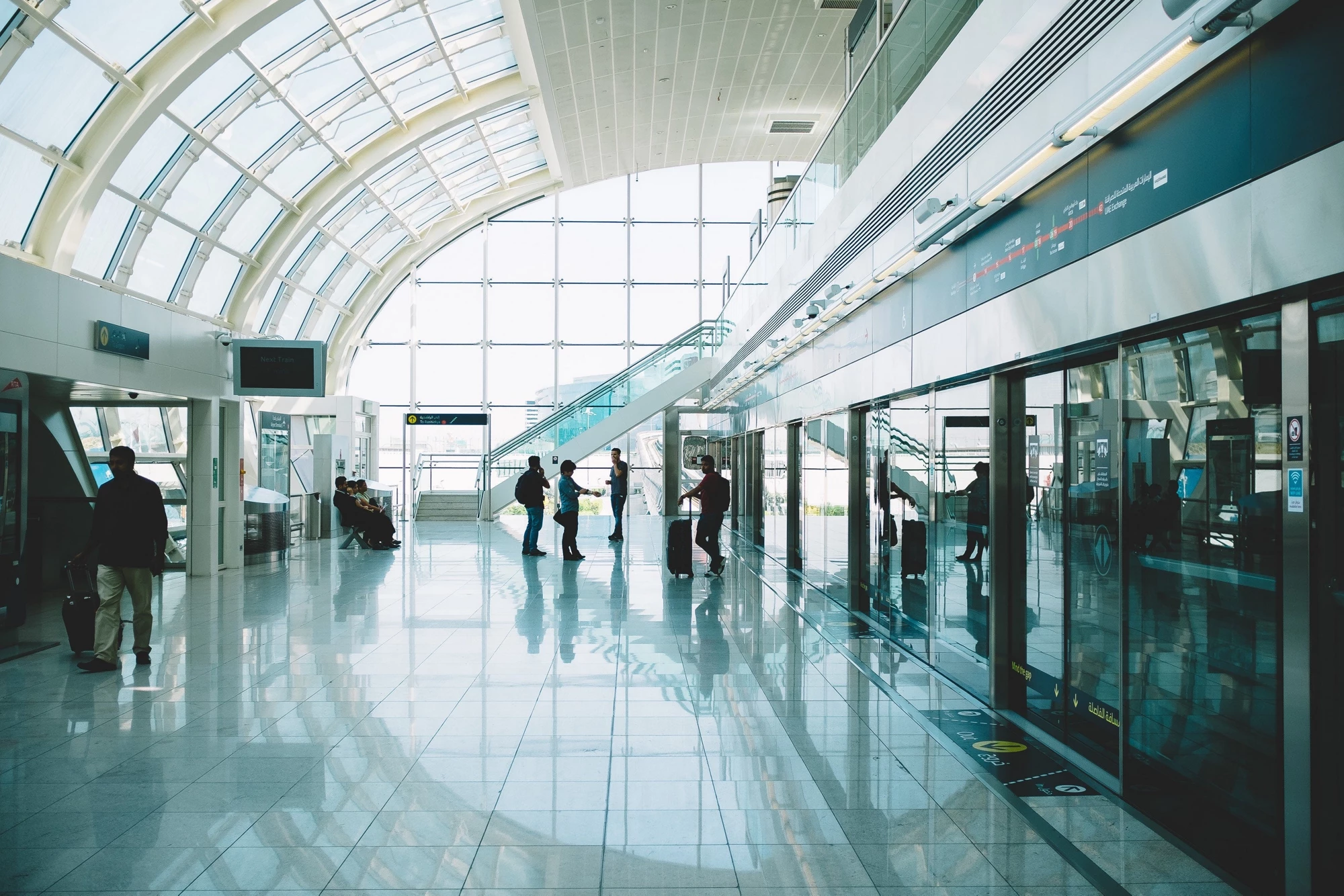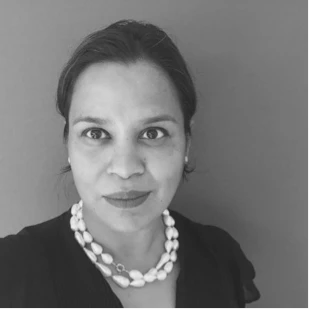
Photo: Ashim D'silva | Unsplash
From “ Billions to Trillions”, to the Hamburg Principles and Ambitions, to Maximizing Finance for Development (MFD), mobilizing private capital to deliver on the sustainable development agenda is in the spotlight. Realizing that constrained public and multilateral development bank (MDB) funding cannot fully address the critical challenges that developing nations face, the World Bank Group is pursuing private sector solutions whenever they can help achieve development goals, in order to reserve scarce public finance for when it’s needed most. This is especially true in the delivery of infrastructure.
This is good news for the
Global Infrastructure Facility, better known as the GIF, where I have led our operations in the Asia and Pacific region for the last two and a half years, based at the Infrastructure and Urban Development Hub in Singapore. The GIF is a partnership of MDBs, private sector investors, and governments working together to develop bankable infrastructure projects in emerging markets and developing countries. The GIF also brings the expertise of its Advisory Partners, a group of 46 leading institutional investors, project finance banks, development and other institutions, which actively invest in infrastructure assets.
Our work helps governments address existing technical, financial, legal, regulatory and contractual obstacles to mobilize long-term commercial financing in infrastructure projects that can be delivered through public-private partnerships (PPPs), commercial financing from private lenders and investors, or a combination of both. These projects must be trade enabling and/or climate-friendly and are focused on the energy, transport, water & sanitation, and ICT sectors.
Working with the GIF has been one of the most satisfying experiences of my career. I work with a small, extremely qualified team with a wide variety of skills and experience from the infrastructure and financial sectors. While my core focus is Asia, with an active portfolio in Indonesia, Vietnam, the Philippines, and others, I also help the team review and structure projects in other regions and countries such as in Brazil, Colombia, Malawi, and Jordan. Best of all, we make complex transactions possible by working on critical elements and filling in gaps that might otherwise lead to project failure.
The GIF has approved 32 different infrastructure projects, which, if successful, could mobilize up to $19 billion in investments. GIF projects that I am involved in include the following:
Our work helps governments address existing technical, financial, legal, regulatory and contractual obstacles to mobilize long-term commercial financing in infrastructure projects that can be delivered through public-private partnerships (PPPs), commercial financing from private lenders and investors, or a combination of both. These projects must be trade enabling and/or climate-friendly and are focused on the energy, transport, water & sanitation, and ICT sectors.
Working with the GIF has been one of the most satisfying experiences of my career. I work with a small, extremely qualified team with a wide variety of skills and experience from the infrastructure and financial sectors. While my core focus is Asia, with an active portfolio in Indonesia, Vietnam, the Philippines, and others, I also help the team review and structure projects in other regions and countries such as in Brazil, Colombia, Malawi, and Jordan. Best of all, we make complex transactions possible by working on critical elements and filling in gaps that might otherwise lead to project failure.
The GIF has approved 32 different infrastructure projects, which, if successful, could mobilize up to $19 billion in investments. GIF projects that I am involved in include the following:
- In Vietnam, EVN, the state-owned power utility, is a long-term World Bank client. The GIF is working with the World Bank’s Energy Global Practice to support EVN in issuing international commercial bonds and diversifying away from public funding and development assistance. The GIF and Mizuho Bank, one of our Advisory Partners, is supporting EVN in preparing for an international credit rating to determine what form of enhancements may be necessary before it can tap international capital markets.
- In Indonesia, the GIF is working with the Indonesian Roads Authority to structure PPPs that will attract regional and international investors. The GIF team regularly seeks the input of our Advisory Partners active in Indonesia to ensure the structures proposed will meet investors’ requirements. In conjunction with our work, the Indonesian Road Authority is interested in the support of the World Bank’s Transport & ICT Global Practice to deliver its ambitious 6,000-kilometer toll road program, which will include both PPPs and traditional public procurement。
- In the Philippines, the GIF is supporting the IFC PPP Transaction Advisory team in designing and structuring a modified PPP project for the expansion of Clark Airport. This project is the first PPP project under the new administration in the Philippines and combines a long-term Operations and Maintenance Concession to be delivered and financed by a private airport operator. Official development assistance is supporting the construction of the new terminal building. The IFC team, with support from the GIF, is working to ensure proper interphase between the different parts of the project, proper risk allocation, and maximization of private sector expertise in operating and maintaining a purpose-built airport.
- In Jordan, the GIF is working on two different projects with two of our technical partners. With IFC PPP Advisory, the GIF is supporting the design of a border crossing PPP between the West Bank, Israel and Jordan. As part of our support, the GIF will provide capacity building to the Ministry of Public Works and Housing on PPPs and managing multiple stakeholders in a complex, multi-state project. We are supporting a second project in Jordan—Marka Airport—with the European Bank for Reconstruction and Development (EBRD) and the Ministry of Transport to review different PPP development options.
There is no room for monotony. At the GIF, every day is different. With the World Bank Group’s global rollout of the MFD strategy, the GIF’s role is likely to grow. We look forward to working with new clients to close the infrastructure gap in emerging economies.
Related posts:
The Global Infrastructure Facility: Closing the infrastructure gap by building country capacity
The Global Infrastructure Facility: fulfilling its mission
How the GIF helps governments build successful infrastructure projects


Join the Conversation